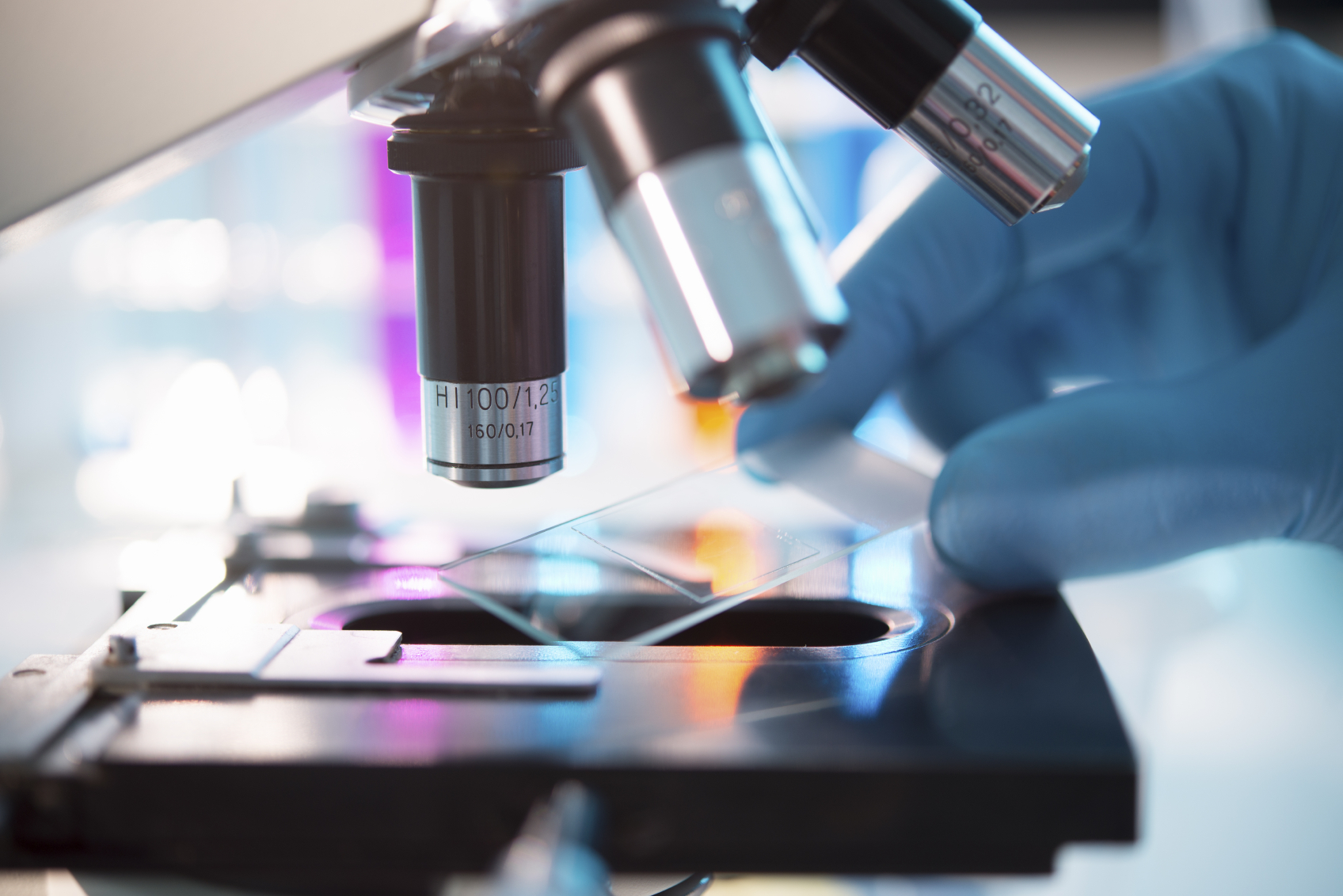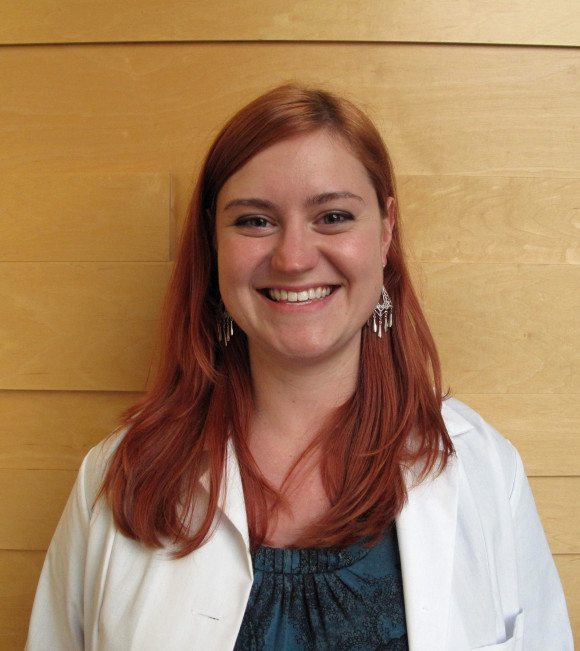Month: May 2016
-
Type 1 Diabetes May be Triggered by Bacteria
Original article published by Medical News Today on May 17, 2016. Click here to read the original article. Study co-author Dr. David Cole, of the School of Medicine at Cardiff, […]
-
Type 1 Diabetes Researchers Solve Immune System Mystery
On April 25, 2016, scientists from the University of Lincoln, led by Dr. Michael Christie, announced that they had identified a previously unknown molecule attacked by the immune system in […]
-
Type 1 Diabetes Research Updates
We’re so grateful for everyone who donates to individual projects and our General Fund – it allows us to accomplish our vision of supporting innovative scientific inquiry until type 1 […]
-
Artificial Pancreas Protocol Deemed Feasible for Younger Kids
Original article published by HealthDay News on May 12, 2016. Click here to read the original article. Artificial pancreas linked to three-fold reduction of time-in-hypoglycemia for 5- to 9-year-olds THURSDAY, May […]




